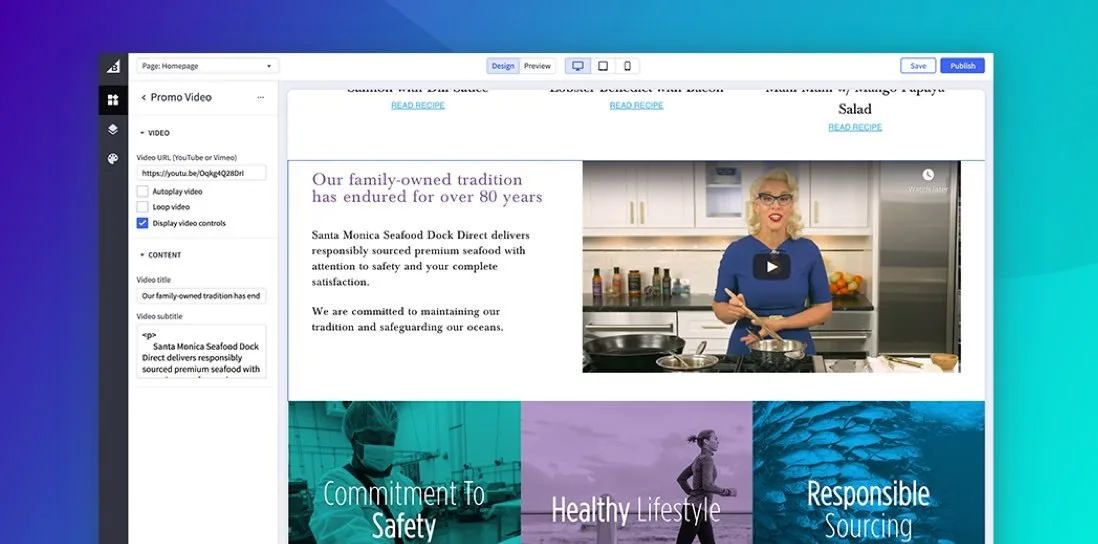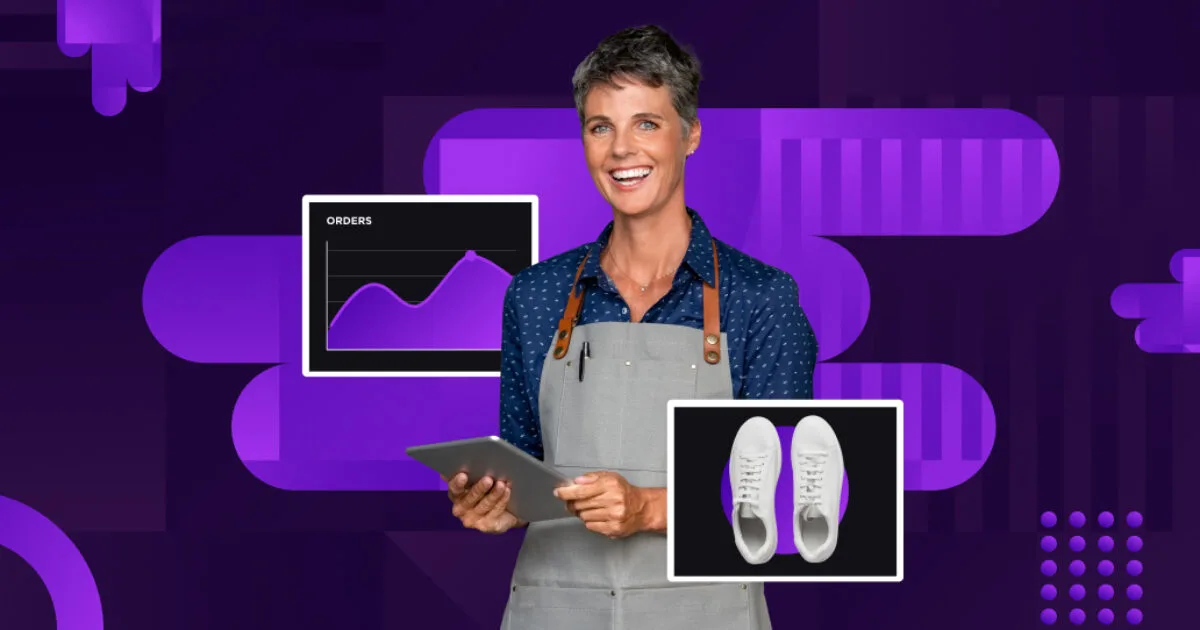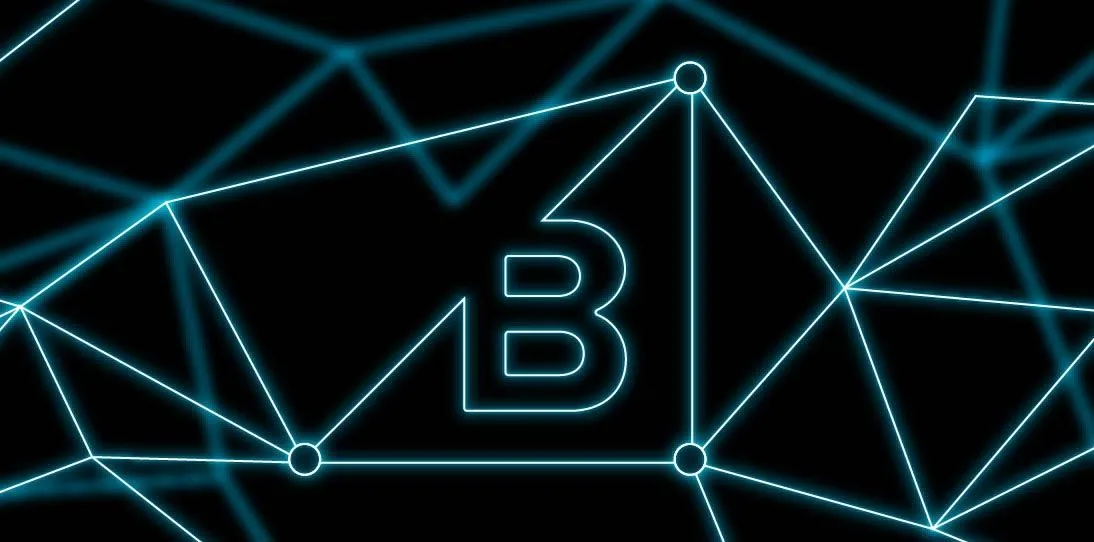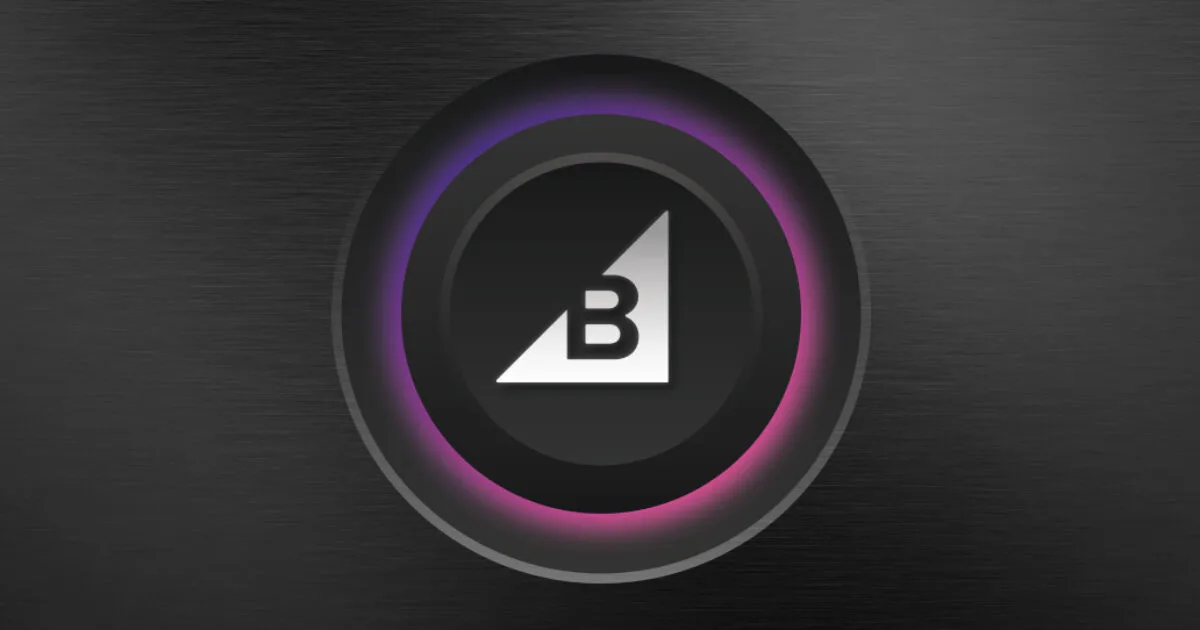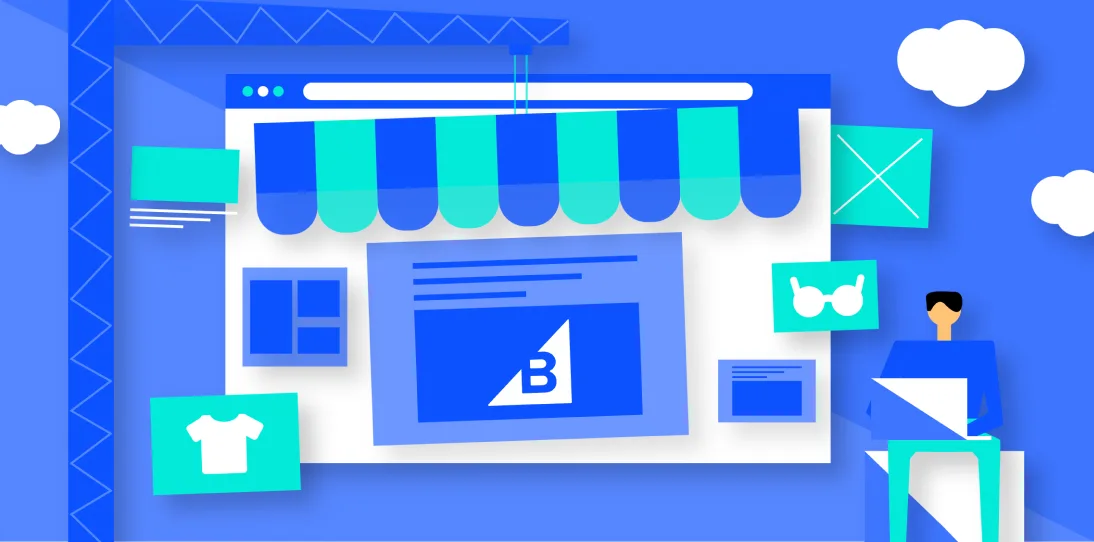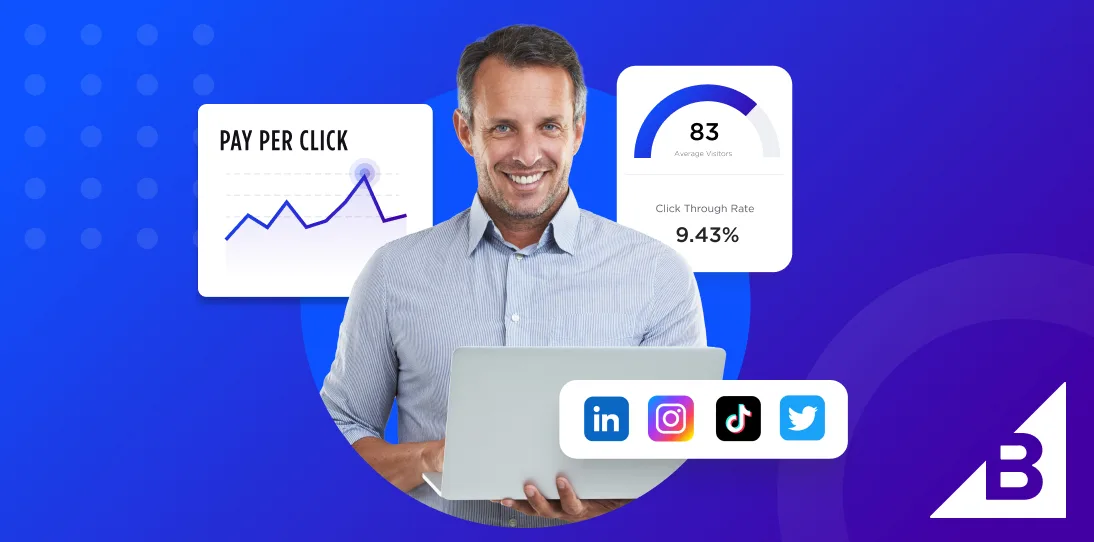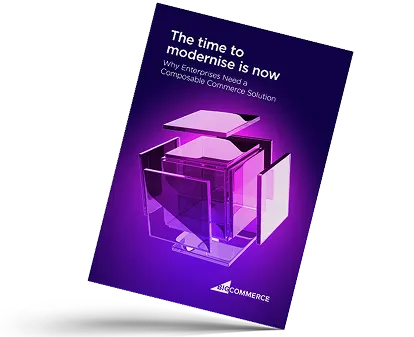
Download the Replatforming Guide
This guide outlines the five key steps for a successful platform migration, complete with real-world examples from our own merchants.

Written by
Annie LaukaitisWhat is Ecommerce?
Ecommerce (or electronic commerce) is the buying and selling of goods or services on the Internet. It encompasses a wide variety of data, systems and tools for online buyers and sellers, including mobile shopping and online payment encryption.
Most businesses with an online presence use an online store and/or platform to conduct ecommerce marketing and sales activities and to oversee logistics and fulfillment.
According to eMarketer, in 2022, global retail ecommerce sales will surpass $5 trillion for the first time, accounting for more than a fifth of overall retail sales. And by 2025, total spending will exceed $7 trillion, despite slowing growth.
To fully understand ecommerce, let’s take a look at its history, growth and impact on the business world. We will also discuss some advantages and disadvantages to ecommerce as well as predictions for the future. For more expert insights on the go, check out our biweekly audio series, the Make it Big Podcast, where global thought leaders discuss all things ecommerce — from industry news and trends to growth strategies and success stories.
Sizes of Ecommerce Businesses
From small startups to large enterprises, ecommerce businesses can come in all sizes. Let’s look at the main four you’re likely to come across.
Startup.
A startup is a business or project in the first stages of development, often built by an entrepreneur to pursue an innovative business model.
Typically a startup has less than 100 employees, however a startup is often defined not by size but by profitability. According to Alex Wilhelm, writer for TechCrunch, a company is no longer considered a startup after it reaches a $50 million revenue run rate or is worth more than $500 million, on paper or otherwise.
Small business.
Small businesses are sole proprietorships, partnerships or corporations that sell products or services and make less money and have fewer employees than large multinational corporations. The U.S. Small Business Administration further defines a small business in terms of employment (from 100 to over 1,500 employees) or average annual receipts over time (ranging from $1 million to over $40 million).
Mid-market.
According to Sangoma, small and medium-sized enterprises (SMEs), also known as “mid-market,” businesses, typically have between 101-500 employees and genrate between $10 million and $1 billion in annual revenue.
Enterprise.
Large enterprise businesses can have over 1000 employees and usually generate over $1 billion in annual revenue.
Since the beginning of 2020, 45% of ecommerce software buying activity has come from enterprise-level companies.
Types of Ecommerce
Generally, there are seven main models of ecommerce that businesses can be categorized into:
B2C.
B2B.
C2C.
D2C.
C2B.
B2A.
C2A.
Let’s review each type of electronic commerce in a bit more detail.
1. Business-to-Consumer (B2C).
B2C ecommerce encompasses transactions made between a business and a consumer. B2C is one of the most popular sales models in the ecommerce context. For example, when you buy shoes from an online retailer, it’s a business-to-consumer ecommerce transaction.
2. Business-to-Business (B2B).
Unlike B2C, B2B ecommerce encompasses sales made between businesses, such as a manufacturer and a wholesaler or retailer. B2B is not consumer-facing and happens only between businesses.
3. Consumer-to-Consumer (C2C).
One of the earliest forms of ecommerce, consumer-to-customer ecommerce relates to the sale of products or services between customers. This includes C2C selling relationships, such as those seen on eBay or Amazon.
4. Direct-to-Consumer (D2C).
A newer model of ecommerce, D2C refers to a business that sells products directly to the end customer instead of going through a retailer, distributor or wholesaler.
One common example of D2C ecommerce is a subscription-based brand such as Netflix or Dollar Shave Club.
5. Consumer-to-Business (C2B).
C2B reverses the traditional retail model, meaning individual consumers make their products or services available for business buyers.
One example of a C2B ecommerce business is iStock, an online store where stock photos are available for purchase directly from different photographers.
6. Business-to-Administration (B2A).
B2A covers the transactions made between online businesses and administrations. An example would be the products and services related to legal documents, social security, etc.
7. Consumer-to-Administration (C2A).
C2A is similar to B2A, but instead, consumers sell products or services to an administration. C2A can include online consulting for education, online tax preparation, etc.
Examples of Ecommerce
Of course, to run an ecommerce business, you have to have something to sell.
But unlike brick-and-mortar businesses, ecommerce retail can take on a number of forms, with transactions involving a variety of products and services.
Let’s dive into three examples of what you can sell online:
Sell physical goods.
Think of your favorite clothing, home decor or electronics brand — these are all prime examples of selling physical goods online.
Physical goods are any tangible products that can be bought and sold in-store or online. Most often, these types of ecommerce businesses will be either B2C or D2C brands, but even some B2B vendors are also in the physical goods category.
Sell digital goods.
Whether you’re a seasoned online merchant or an aspiring entrepreneur, digital products are a promising avenue for selling online.
Digital products can come in the form of digital files such as templates and tools or online classes, or they can be downloadable products such as printable artwork, music or infographics.
Sell services.
Selling services entails offering a specialized service, such as freelance writing, influencer marketing or online coaching in exchange for compensation.
Many service-based businesses are B2B, however some B2C brands, such as Fiverr, offer online services as well.
Growth of Ecommerce
Ecommerce has come a long way since the CompuServe launch in 1969.
Driven by changes in technology and global circumstances, ecommerce is growing and shows no sign of stopping.
Sales in online stores are expected to reach 22% of global retail sales by 2023, compared to 14.1% in 2019.
It is estimated that by 2024, digital wallets will account for over half of total ecommerce payment volumes.
Amazon will account for 39.5% of all US retail ecommerce sales in 2022, or nearly $2 in $5 spent online.
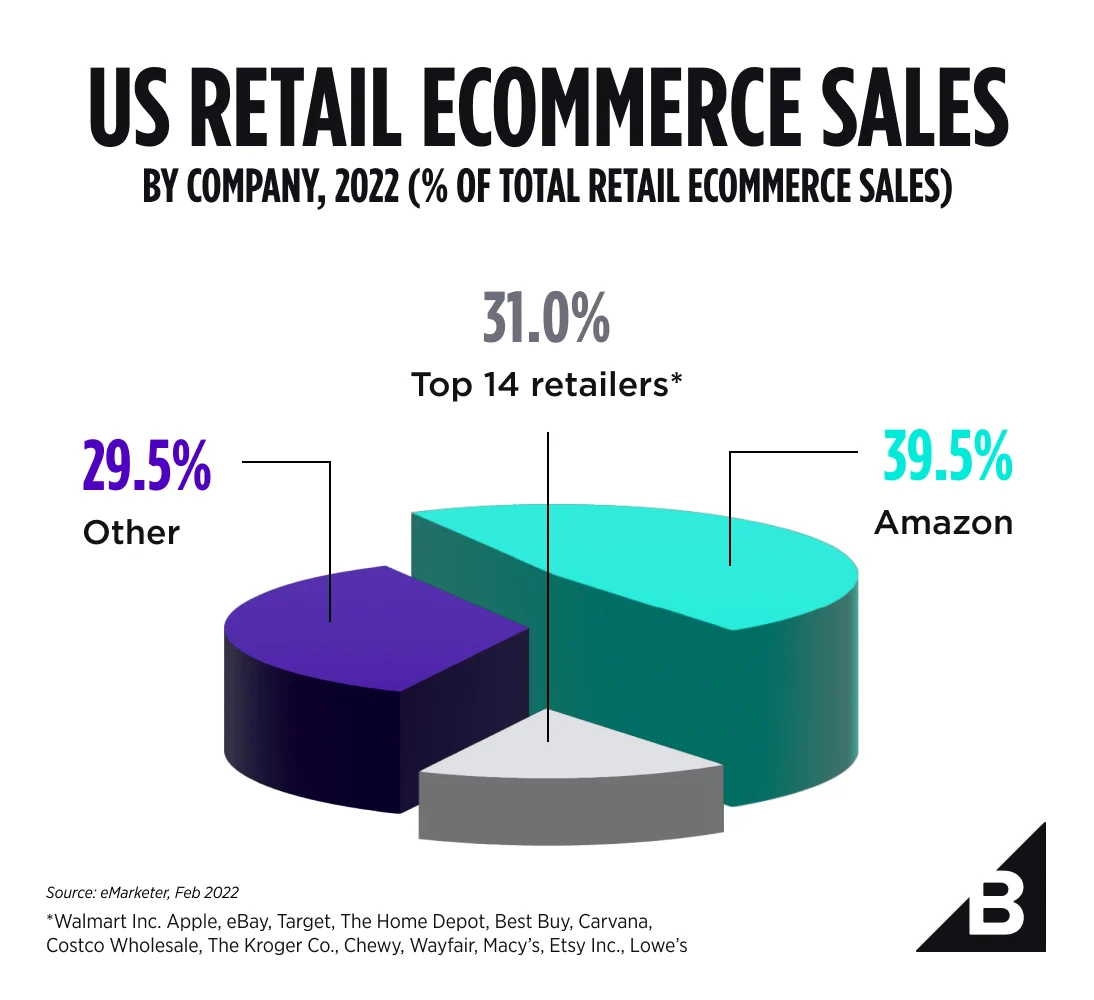
The Impact of Ecommerce
The impact of ecommerce is far and wide, rippling from small businesses to global enterprises.
Here we’ll highlight some of the major ways ecommerce has shaped the retail landscape.
Large retailers are forced to sell online.
For many retailers, the growth of ecommerce can expand their brands’ reach and positively impact their bottom lines. But retailers who have been slow to embrace the online marketplace are the ones facing the biggest challenges.
In February 2019, online sales narrowly surpassed general merchandise stores for the first time, including department stores, warehouse clubs and supercenters. And since Amazon Prime took away the price of shipping, more consumers are comfortable with online shopping — which means larger retailers have little choice but to go digital.
Ecommerce helps small businesses sell directly to customers.
For many small businesses, ecommerce adoption can be a slow process. However, those who embrace it may discover that ecommerce can open doors to new opportunities.
Slowly, small business owners are launching ecommerce stores and diversifying their offerings, reaching more customers and better accommodating those who prefer online/mobile shopping.
However, with ecommerce sales growing by the year and one in four small businesses still lacking an online store, there remains a prime opportunity for entrepreneurs to gain a competitive edge and expand their businesses online.
B2B companies start offering B2C-like online ordering experiences.
With 90% of B2B customers expecting B2C-like digital experiences, B2B companies must work to improve their customer experiences online to catch up with B2C companies. This includes creating an omnichannel experience with multiple touchpoints and using data to create personalized relationships with customers.
Ecommerce solutions can allow self-service, provide more user-friendly platforms for price comparison and help B2B brands maintain relationships with buyers, too.
The rise of ecommerce marketplaces.
Online marketplaces have been on the rise since the mid-1990s with the launch of giants we know today, such as Amazon, Alibaba and others.
Amazon in particular is known for its unique growth strategy that has helped them achieve mass-adoption and record-breaking sales. By offering a broad selection and extreme convenience to customers, they’ve been able to quickly scale up through innovation and optimization on-the-go.
But Amazon doesn’t do this alone. In the fourth quarter of 2021, 56% of Amazon’s paid units were sold by third-party sellers (i.e. not Amazon).
Supply chain management has evolved.
Survey data shows that one of ecommerce’s main impacts on supply chain management is that it shortens product life cycles.
As a result, producers can present deeper and broader assortments as a buffer against price erosion. But this also means that warehouses may see larger amounts of stock in and out of their facilities.
In response, warehousers may offer the following value-added services to help make ecommerce operations more seamless and effective:
Separation of stock/storage for online vs. retail sales: Calculate forecasts and replenish stock separately for online and in-store in order to achieve more accurate results.
Different packaging services: Choosing the right pick-and-pack software can help businesses ship orders quickly and accurately.
Inventory/logistics oversight: Following best practices for inventory management is key to managing stock levels.
New jobs are created.
Ecommerce employment is set to increase by 32% in 2022, overshadowing the 28% growth documented in 2021.
In addition, according to the U.S. Bureau of Labor Statistics, computer jobs are projected to increase by 13.4% over the 2020–30 decade — which is 5.7 percentage points faster than the 7.7% average for all occupations.
Customers shop differently.
Ecommerce is revolutionizing the way modern consumers shop.
Today, we know that there are at least 2.14 billion digital buyers, which is 27.6% of the 7.74 billion people in the world. And by 2025, Statista projects there will be 291.2 million online buyers in the U.S. alone.
Social media lets consumers easily share products to buy online.
Today, ecommerce shoppers can discover and be influenced to purchase products or services based on recommendations from friends, peers and trusted sources (like influencers) on social networks like Facebook, Instagram and Twitter.
Many social media platforms now offer ecommerce features, such as in-app checkout, shoppable posts and “Buy Now” buttons that take users directly to a brand’s product page.
Global ecommerce is growing rapidly.
In 2021, over 2.14 billion people worldwide were estimated to shop online, up from 1.66 billion global digital buyers in 2016.
Chinese ecommerce platform, Taobao, is the largest online marketplace with a gross market value (GMV) of $711 billion. For context, Tmall and Amazon ranked second and third with $672 billion and $390 billion GMV in annual third-party global market value respectively.
With so many ecommerce platforms, marketplaces and digital solutions available, there are practically no limits for merchants looking to sell online, which makes it easier than ever for businesses to go global.
Advantages of Ecommerce
Ecommerce has many different advantages — from faster buying to the ability to reach large audiences 24/7.
Let’s take a look in detail at some of the top perks ecommerce has to offer.
Faster buying for customers.
For customers, ecommerce makes it possible to shop from anywhere, any time.
That means buyers can get the products they want and need faster without being constrained by operating hours of a traditional brick-and-mortar store.
Plus, with shipping upgrades that make rapid delivery available to customers, even the lagtime of order fulfillment can be minimal (think Amazon Prime Now, for example).
Companies can easily reach new customers.
Ecommerce also makes it easier for companies to reach new, global customers. An online store isn’t tied to a single geographic location — it’s open and available to any and all customers who visit it online.
With the added benefits of social media advertising, email marketing and SEO (search engine optimization), brands have the potential to connect with massive target audiences who are in a ready-to-buy mindset.
Lower operational costs.
Without a need for a physical storefront (and employees to staff it), ecommerce retailers can launch stores with minimal operating costs. And those that run a dropshipping business can even minimize upfront investment costs.
As sales increase, brands can easily scale up their operations without making major property investments or hiring a large workforce — this means higher margins overall.
Personalized experiences.
With the help of automation and rich customer profiles, you can deliver highly personalized online experiences for your ecommerce customer base.
Showcasing relevant products based on past purchase behavior, for example, can lead to higher average order value (AOV) and make the shopper feel like you truly understand their unique needs.
Access to New Technologies.
With a physical store alone, you may find your options are limited when it comes to innovation. However, as the ecommerce ecosystem continues to mature and improve, your business will have access to the latest technologies to help streamline business processes.
With a variety of apps and integrations at your fingertips, you’ll be able to improve workflows, better execute your marketing strategy and improve the overall shopping experience.
Disadvantages of Ecommerce
Although modern ecommerce is increasingly flexible today, it still has its own setbacks.
Here are some of the downsides to ecommerce retail.
Limited interactions with customers.
Without being face-to-face, it can be harder to understand the wants, needs and concerns of your ecommerce customers.
There are still ways to gather this data (surveys, customer support interactions, etc.), but it may take a bit more work than talking with shoppers in person on a day-to-day basis.
Technology breakdowns can impact ability to sell.
If your ecommerce website is slow, broken or unavailable to customers, this may impact your ability to make sales. Site crashes and technology failures can damage relationships with customers and negatively impact your bottom line.
No ability to test or try on.
For customers who want to get hands-on with a product (especially in the realm of physical goods like clothing, shoes and beauty products) before adding it to their shopping cart, the ecommerce experience can be limiting.
The History of Ecommerce: A Timeline

The Future of Ecommerce
According to Statista, ecommerce revenue is expected to show a yearly growth rate of 14.56%, resulting in a projected market volume of $1,365.00 billion by 2025 — which goes to show that ecommerce is no passing trend.
Especially with the rise of omnichannel shopping experiences, digital buyers should expect to be able to research, browse, shop and purchase seamlessly between different devices and on various commerce platforms.
Other trends to watch for in the future of ecommerce include:
Robust customer journeys and personalization.
Mobile commerce.
Digital currencies, such as mobile wallets and cryptocurrency.
Overall, we have to remember that ecommerce is still fairly new in the big picture of retail. The future holds endless opportunity, but its success and continuation will depend largely on buyers’ preferences in the future.
Make It Big 2022 Conference
Watch our Make It Big 2022 conference and get ready to level up.
FAQs About Ecommerce
Yes, ecommerce is growing. Pre-pandemic, ecommerce was growing year-over-over, but lockdowns around the globe put online efforts into overdrive.
According to Statista, ecommerce revenue is expected to show a yearly growth rate of 14.56%, resulting in a projected market volume of $1,365.00 billion by 2025.
There are different ways to start an ecommerce business, but we recommend taking these steps:
Find what’s missing from the market.
Create a business plan.
Build a great website — either from scratch or using an ecommerce platform such as BigCommerce, Shopify or Magento.
Spread the word about your new business.
Follow-up with your customers.
Continue to learn and be an expert on your products and/or services.
Need some assistance? Reach out to our team of ecommerce experts to start building your online business today.
Yes, ecommerce is safer than ever before.
With the help of multi-layered ecommerce security, monitored transactions, SSL certification, protection against DoS/DDoS attacks and platform providers that are PCI compliant, ecommerce stores can offer shoppers the peace of mind that their online purchases are made in a safe and secure environment.
Many customers may look for a few key functionalities when evaluating an ecommerce website. These are elements that improve the overall shopping experience by making it highly functional and user-friendly.
Easy-to-use features: Simple navigation tools, easy checkout flows, etc.
Multiple payment gateways: Allow customers to pay with a credit card or using a payment processing service, such as PayPal or Apple Pay.
Mobile compatibility: Compatible and functional on all mobile devices, including tablets, smartphones and smartwatches.
Discount codes and promotional capabilities: Allows shoppers to use discounts on-site.
User-generated content: Reviews, ratings and photos that add to the ethos of offerings.
Integration with social channels and online marketplaces: BigCommerce, for example, integrates with some of the world's largest marketplaces including Google Shopping, Amazon, Facebook, eBay and Instagram.
Around-the-clock customer support: Provide personalized customer service. BigCommerce offers 24/7 live agent support, as well as a dedicated help center and active community of merchants.

Ecommerce
Get The Print Version
Tired of scrolling? Download a PDF version for easier offline reading and sharing with coworkers.
A link to download the PDF will arrive in your inbox shortly.



